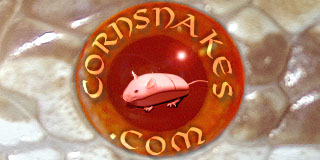omni
antiunresemiretirismic
It's been a couple years since I asked about this, and got some good info, know now that it was tracked down pretty much to what lines it originated from. But what still has me thinking, is that it would have only taken a couple resells of hets and new owners not being aware or not online and seeing anything about it, bred carriers of the gene, and it has made it's way into many lines, unknown.
I was so worried back then and almost went to get a stargazer to prove my breeders didn't have it. I still might do this, just to know and do my potential part to clean the genetic pool. I guess I never got around to getting an example because I didn't have my 1st collection long enough to get into breeding. But I have now and plan 4 or 5 breedings next year.
What are your thoughts on the spread/existance still of this gene? TY for your input!
I was so worried back then and almost went to get a stargazer to prove my breeders didn't have it. I still might do this, just to know and do my potential part to clean the genetic pool. I guess I never got around to getting an example because I didn't have my 1st collection long enough to get into breeding. But I have now and plan 4 or 5 breedings next year.
What are your thoughts on the spread/existance still of this gene? TY for your input!
